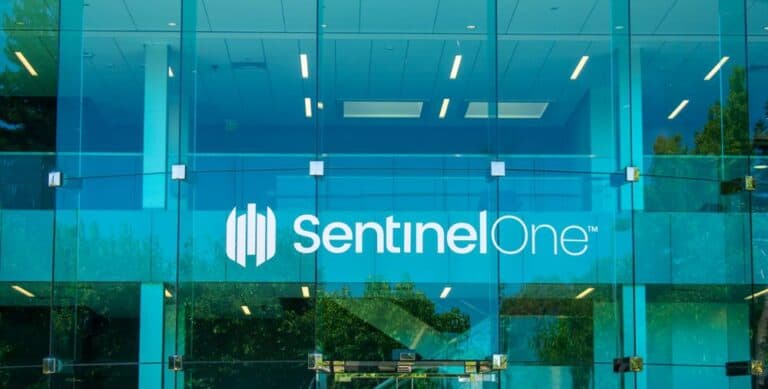SentinelOne launches Storage Sentinel for Amazon S3. The solution scans cloud storage and intercepts incoming malware.
Amazon S3 is one of the most popular object storage services. A customer’s drives should only be accessible by authorized users and applications. S3 reviews authorization by requesting a signature. If the signature is correct, the user or application gains access.
Cybercriminals with access to admin accounts can generate signatures. If account credentials end up in a data breach, S3 environments are at an increased risk of malware. Additional security measures are important. SentinelOne’s latest solution prevents malware in S3.
Storage Sentinel
Storage Sentinel uses AI to recognize and intercept incoming malware. According to SentinelOne, malicious files are detected in milliseconds. The tool automatically quarantines malware and generates threat intelligence to inform security professionals.
The tool runs on top of Singularity XDR, SentinelOne’s extended detection and response (XDR) platform. The platform provides multiple tools for securing cloud workloads in Amazon Elastic Cloud Compute (Amazon EC2), Amazon Elastic Container Service (Amazon ECS) and Amazon Elastic Kubernetes Service (Amazon EKS). Existing users can quickly implement Storage Sentinel.
SentinelOne cloud security
Public clouds are growing fast. According to market researcher Canalys, organizations invested €60 billion in cloud infrastructure services in the second quarter of 2022, a year-by-year increase of 33 percent. AWS had the largest share.
Although the tech giant greatly invests in the security of its services, security is not always guaranteed. Data leaks and misconfigurations are difficult to prevent, allowing cybercriminals to bypass integrated security measures.
SentinelOne’s Singularity XDR platform offers a safety net. The platform complements the security measures of popular cloud services. The tools scan servers, containers and VMs for malware. Network traffic is analyzed to identify fileless attacks.
Tip: How do you interpret the results of MITRE ATT&CK evaluations?
